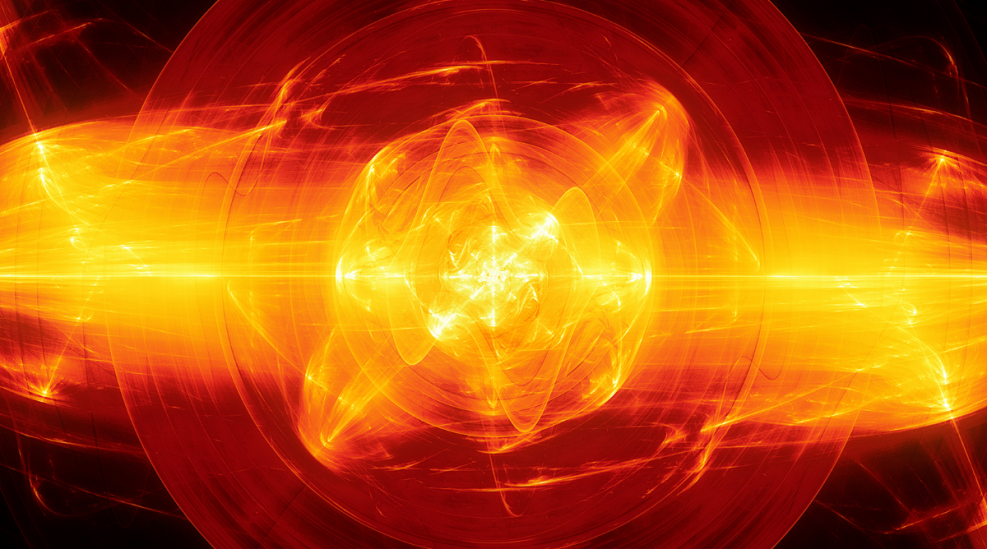The News BG Reporter / Richard Attias & Associates
In the quest for unlimited sustainable energy, fusion is the holy grail. The technology promises high power outputs, unlimited supply of fuel, and zero carbon emissions.
The process is conceptually simple. In fact, it happens everywhere and all the time in our universe – fusion is what lights our sun. The challenge to making it work on Earth, it turns out, is a technical one, namely, how to create a reaction hot and stable enough to produce more energy than what it takes to create it in the first place, with often a strong magnetic field to keep the whole plasma in place.
The past few months have seen important breakthroughs on all fronts. On the temperature and stability side, the experimental advanced superconducting tokamak in China managed to sustain plasma temperatures of 70 million °C for 17 minutes. Back in May it had sustained a temperature of 120 million °C for 101 seconds. By way of comparison, this is 8 times hotter than our Sun’s core – though the latter has been running for much longer than that (about 4 billion years and counting).
Meanwhile at MIT, a new model for high-temperature superconducting magnets managed to achieve a magnetic field of 20 Tesla. The technology is innovative on two important grounds. First, a higher magnetic field allows the fusion reactor to be much more compact – up to 40 times smaller than one based on low-temperature superconducting magnets, according to Commonwealth Fusion Systems (CFS), the company spin off that led the effort. The magnet was also designed with a view to mass manufacture it, which could prove important in reducing costs and scaling up deployment.
Following its successful test, CFS raised $1.8bn in series B funding in December, shattering the industry record set by Helion just a month before ($500m) and raising almost as much as all of its other competitors combined to date. With this injection of capital, CFS aims to have their demonstration reactor operational by 2025.
They will not be the only ones trying to reach positive net energy production. In addition to major projects like the International Thermonuclear Experimental Reactor (which aims to achieve 500MW of power and a 10x return on energy inputs by 2035), there are now more than 30 private-fusion companies working to make fusion commercial. Finally a nuclear race we can all look forward to.

